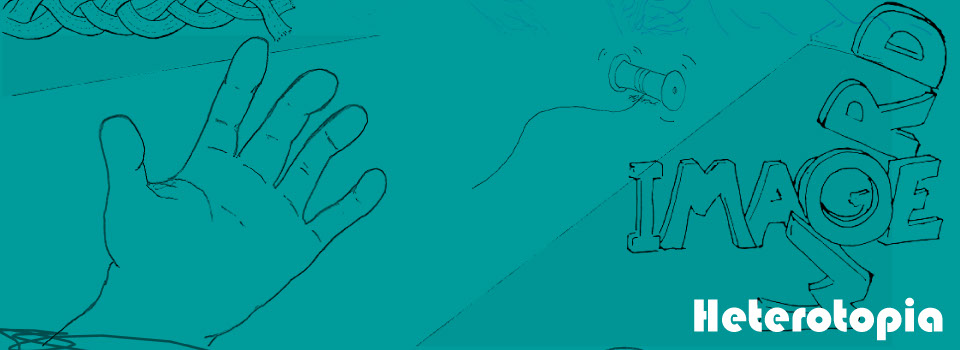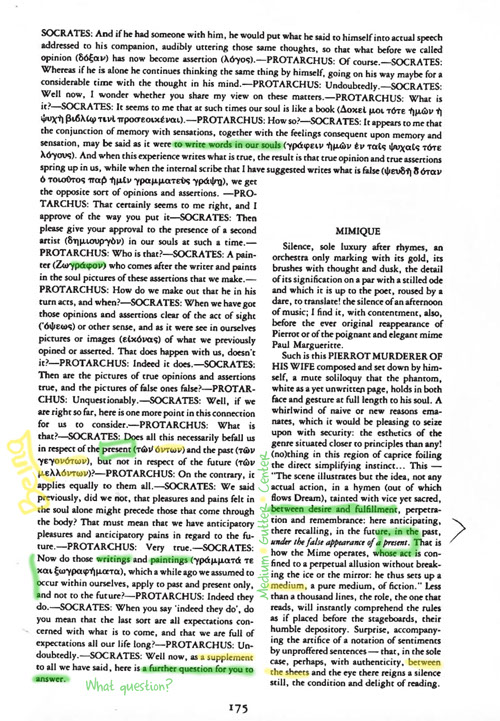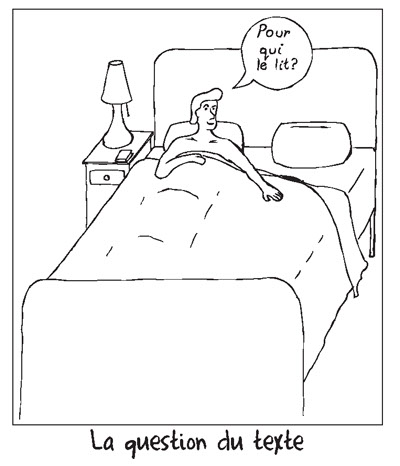
x
Contents
Home
Home
Home

La Séance Double

To read Glas as visual, we must first dive into Derrida’s “The Double Session” (Dissemination 173-285). Published just two years before Glas (but presented four years prior and published in Tel Quel three years prior), “The Double Session” opens with two quotes in Glasian format.
The quote from Plato’s Philebus concerns the nature of thinking and the interplay of writings and paintings. The quote from Stéphane Mallarmé’s Mimique concerns a play, which Mallarmé may or may not have seen, and a quote, which Mallarmé may or may not have composed himself. However, when the two are placed side by side, Plato introduces a question that Mallarmé perhaps answers. Derrida poses the question toward the end of the first session, or rather toward the center of the double session: La question du texte est—pour qui le lit (224).* Restated, the question is who reads and who is read.
*Derrida's translator, Barbara Johnson, helpfully points out the ambiguity of the sentence:
The question of the text is—(for whom are) / (for whoever reads) these sheets. {La question du texte est—pour qui le lit; literally, can mean both: “The question of the text is for the one who reads it (or him)” and “The question of the text is: whom is the bed for?”—Trans.} (224)
The text is where one lies. It is at once fiction and bed, text and hymen. The text is a textile, woven through différance. But it is also the hymen: a marriage between opposites, an impossible moment, an event defined by rupture, a test of purity, and a rejection of testing. However, the hymen of the text is also continuously repaired, oscillating between innocence and experience, between known and unknown, between. The pleasure of the text is found in rupture and rapture. The medium is always between author and reader. The text is the bed wherein two become one. Derrida asks us to read the central margin of Glas, then, as the continually perforated and reconstituted hymen of textuality. For a variety of reasons, that's not a metaphor I'm particularly comfortable with. I prefer to think of this space as a gutter.


